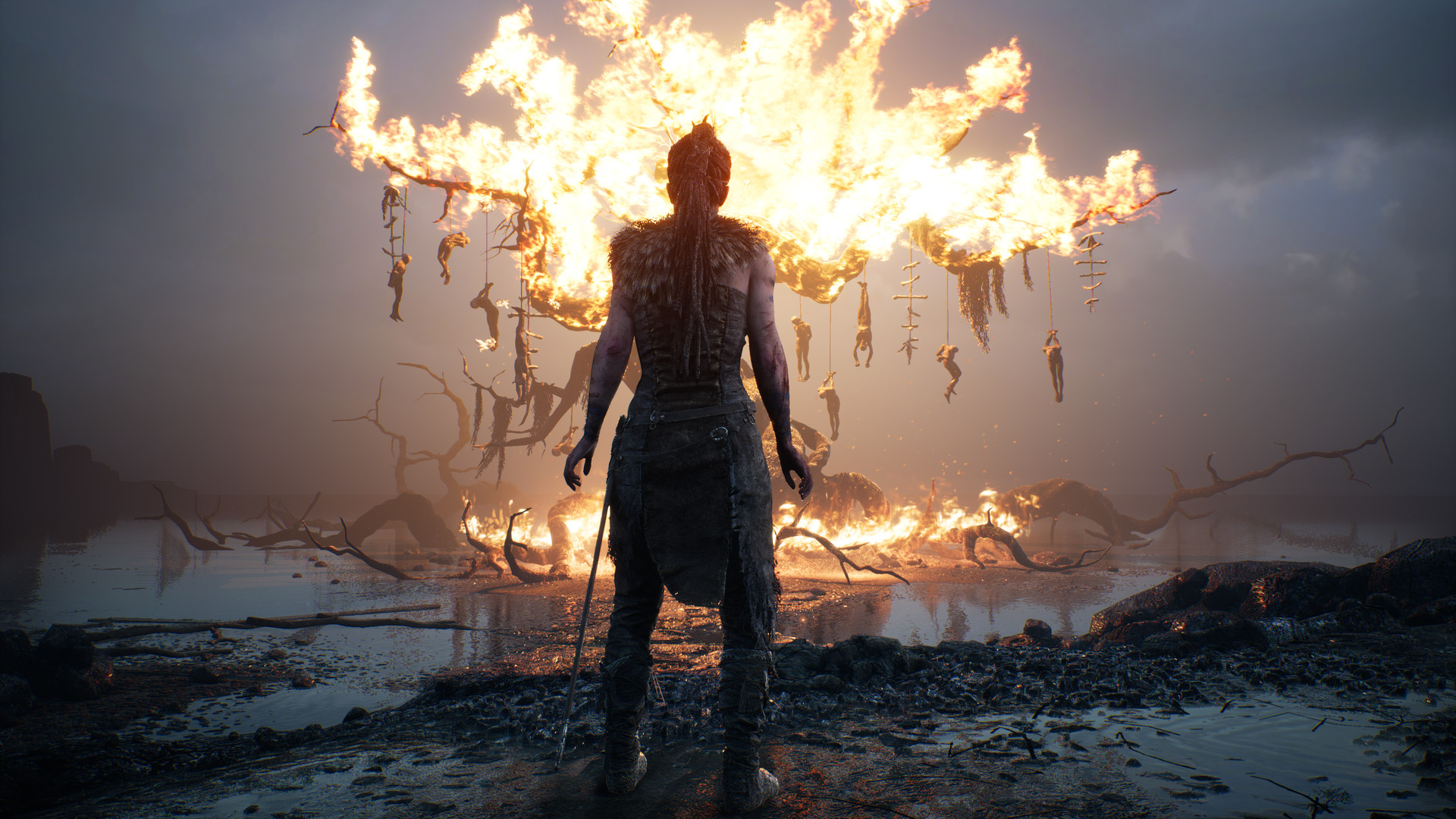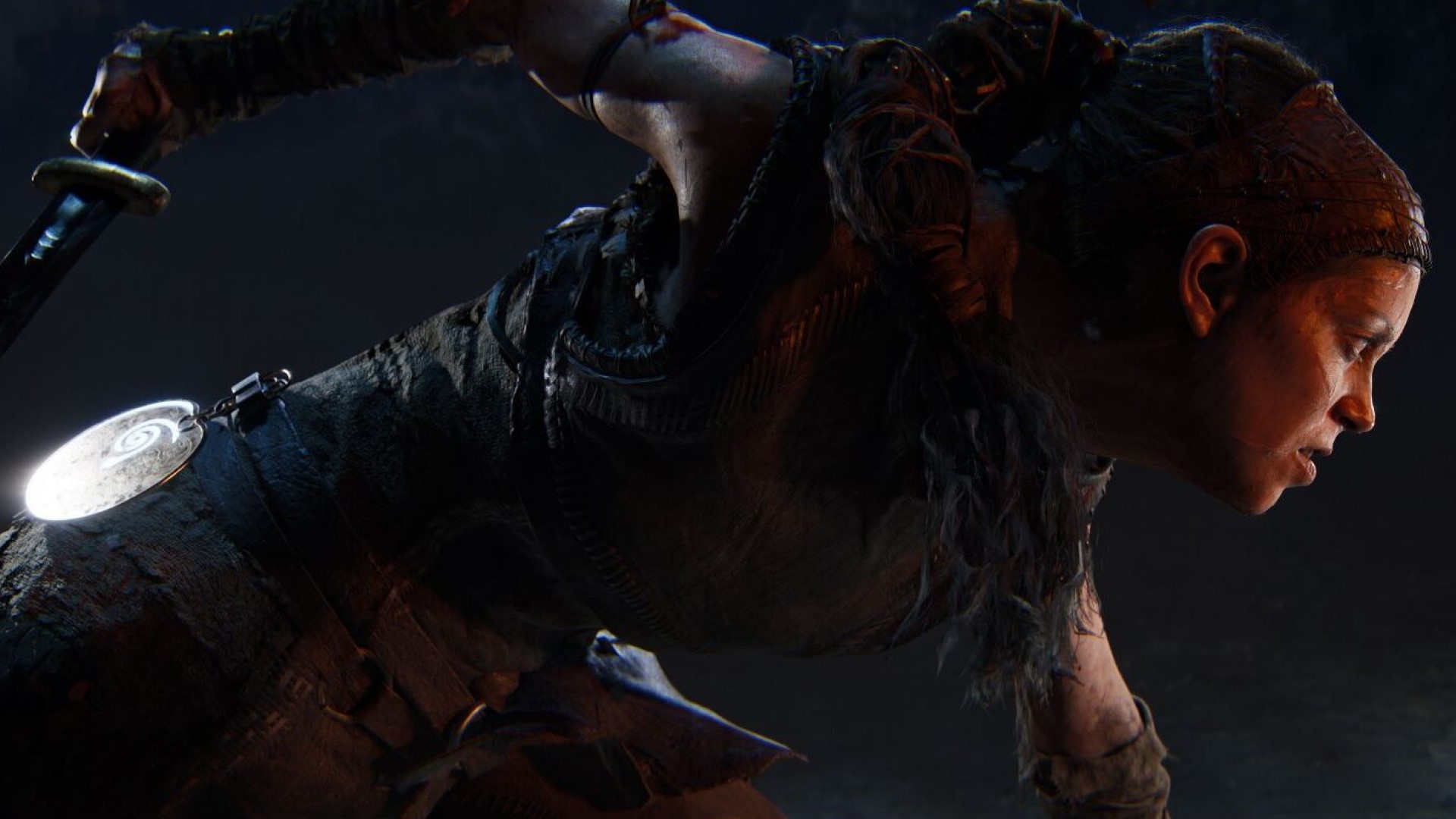What a console generation it’s been, right? Sony has delivered classics like Horizon Forbidden West, Marvel’s Spider-Man 2, Returnal and Demon’s Souls. Last year alone, Nintendo delivered not just one but two massive hits with The Legend of Zelda: Tears of the Kingdom and Super Mario Bros. Wonder, to say nothing of all the other incredible releases over the years. Despite how hard I can be on Microsoft and the Xbox Series X/S, the latter has admittedly delivered some worthwhile titles like Hi-Fi Rush, Halo Infinite (after years of fixes and new content for multiplayer), and Forza Horizon 5.
“Cross-generation” may be the venerable “mark of shame” on some of these titles, but it’s not without reason. For many who purchased a PS5 or Xbox Series X/S, there was the promise of gaming in 4K/60 FPS or, at the very least, 2K/60 FPS, depending on a game’s fidelity. It was assumed that as this generation progressed, we would start to see exclusives that push the hardware.
While that’s been the case with some titles, it’s come at a cost, and lo and behold, Senua’s Saga: Hellblade 2 is the latest to pay the toll. Various previews and impressions for Ninja Theory’s long-awaited action-adventure dropped recently, and there is some great stuff to look forward to.
A narrative that maintains the original’s brutality while pushing its cinematography even further. Weightier combat that is fully motion-captured, a process that took about 70 days (compared to the original’s measly two days). The use of Epic Games’ MetaHuman technology for realistic facial animations. In almost every way, Hellblade 2 is a step up over the original, which is excellent news.
However, there is a catch. VFX director Mark Slater-Tunstill (who is also one of the three leads on the title) revealed to GamePro that the sequel runs at 30 FPS locked on both Xbox Series X and S, that too with a dynamic resolution. There are no other graphical modes, and those who want 60 FPS gameplay will need to play on PC. The reason for 30 FPS is to make for a more “cinematic” experience.
Nothing else was stated, like the Xbox Series S holding back the Series X, or wanting to achieve parity between both versions, hence knocking down the frame rate, etc. However, from the outside looking in, Hellblade 2 is another Xbox first-party title that struggles to reach 30 frames per second on consoles, like Bethesda’s Starfield. The difference is in focus, with the latter having an altogether different scale and level of interaction, while the former is still a linear experience with a similar playtime to the original.
As recent titles like Dragon’s Dogma 2 have proven, it’s not exclusively an Xbox issue. The open-world action RPG faced enough criticism about its performance that a recent patch allowed players to lock it to 30 FPS on consoles. It still faces scrutiny for failing to deliver a consistent 4K/60 FPS on PC, even on systems that go above and beyond the requirements, but the development team is working on fixes. In terms of scale, it’s also completely different from Hellblade 2.
Yet the response is pretty similar. Proclamations of this generation being fraudulent because it can’t even deliver 60 FPS for its exclusives. Criticisms of Xbox for failing, yet again, to offer other graphical options on its consoles at launch (Redfall also released with only a 30 FPS mode but received a patch later for 60 FPS).
Comparisons between Hellblade 2’s fidelity at 30 FPS and Sony’s exclusives at 60 FPS to tout the former’s superiority (don’t bring up any hardware sales numbers though, please). Responses about how Xbox fans shouldn’t worry because the PS5 Pro will surely run the title at 4K/60 FPS (because it’ll make the jump over to PlayStation, just like Starfield will, any day now). The list goes on and sometimes makes me question scrolling through social media.
The undercurrent for some of this isn’t just “30 FPS bad” but rather how today’s hardware “struggles” to reach 60 FPS on some titles. After all, Ninja Theory is owned by Microsoft and has the resources at its disposal, right? Surely it could just throw more money and developers at the problem until it goes away.
Never mind that this isn’t how game development works under the publisher, nor how Ninja Theory operates, as if announcements of Hellblade 2 retailing for $49.99, being digital-only and lasting as long as Hellblade 1 weren’t enough indication.
Furthermore, despite its announcement at The Game Awards 2019, the sequel was announced to be developed on Unreal Engine 5 in June 2020. Call me an optimist, but I doubt Ninja Theory – or any of the other developers mentioned above – sat down at the time and decided the game has to run at 30 FPS when it finally launches. The more likely scenario is that it had a clear vision for what it wanted to do with the title and developed it accordingly, much like the original, which – shock of shocks – also ran at 30 FPS when it launched on PS4, its only console platform at launch.

Senua’s Sacrifice also utilized a dynamic resolution on PS4 Pro in all modes, even at 60 FPS. When the Xbox One X arrived and was touted as the more powerful console, it received an Enriched Visuals mode to set it apart. Yet, Ninja Theory still employed a dynamic resolution for all modes on the console. Maybe it’s a coincidence, but maybe it’s more down to how Ninja Theory approaches visuals in its games.
Whether you dislike the Xbox Series X/S or feel that Ninja Theory could have done more had it received support or a larger budget, hundreds of other things go into decisions like this. At the end of the day, whether you can tell the difference between 30 FPS and 60 FPS or not (as a new study has seemingly indicated), there are other more pressing questions to ask.
Will Hellblade 2 run at a consistent 30 frames per second? What is the target resolution, and how often does dynamic scaling affect that, especially in the more action-heavy scenes? Why isn’t Microsoft marketing the game that much, even though it’s nearly a month off from launch and it’s one of its biggest exclusives of this year, perhaps several years? Why, Phil, why?
Perhaps most important: Is the game fun or even as enjoyable as the first? All of these things will likely be answered when it launches.

Remember: For all the skepticism that Redfall received when it launched with no 60 FPS option, its overall quality and other issues – like no offline mode or non-host progress, which persist to this day – became the focus. Even a classic like Baldur’s Gate 3, which offered 60 FPS and 30 FPS options on PS5 and Xbox Series X, faced criticism for numerous drops in Performance Mode, to say nothing of the issues plaguing Act 3.
I could argue that there’s no winning for any developer in this kind of scenario. For now, all Ninja Theory can do is focus on its vision and deliver to the best of its ability while ensuring Hellblade 2 isn’t a stuttering mess. Anything else on top of that is gravy.
Note: The views expressed in this article are those of the author and do not necessarily represent the views of, and should not be attributed to, GamingBolt as an organization.














